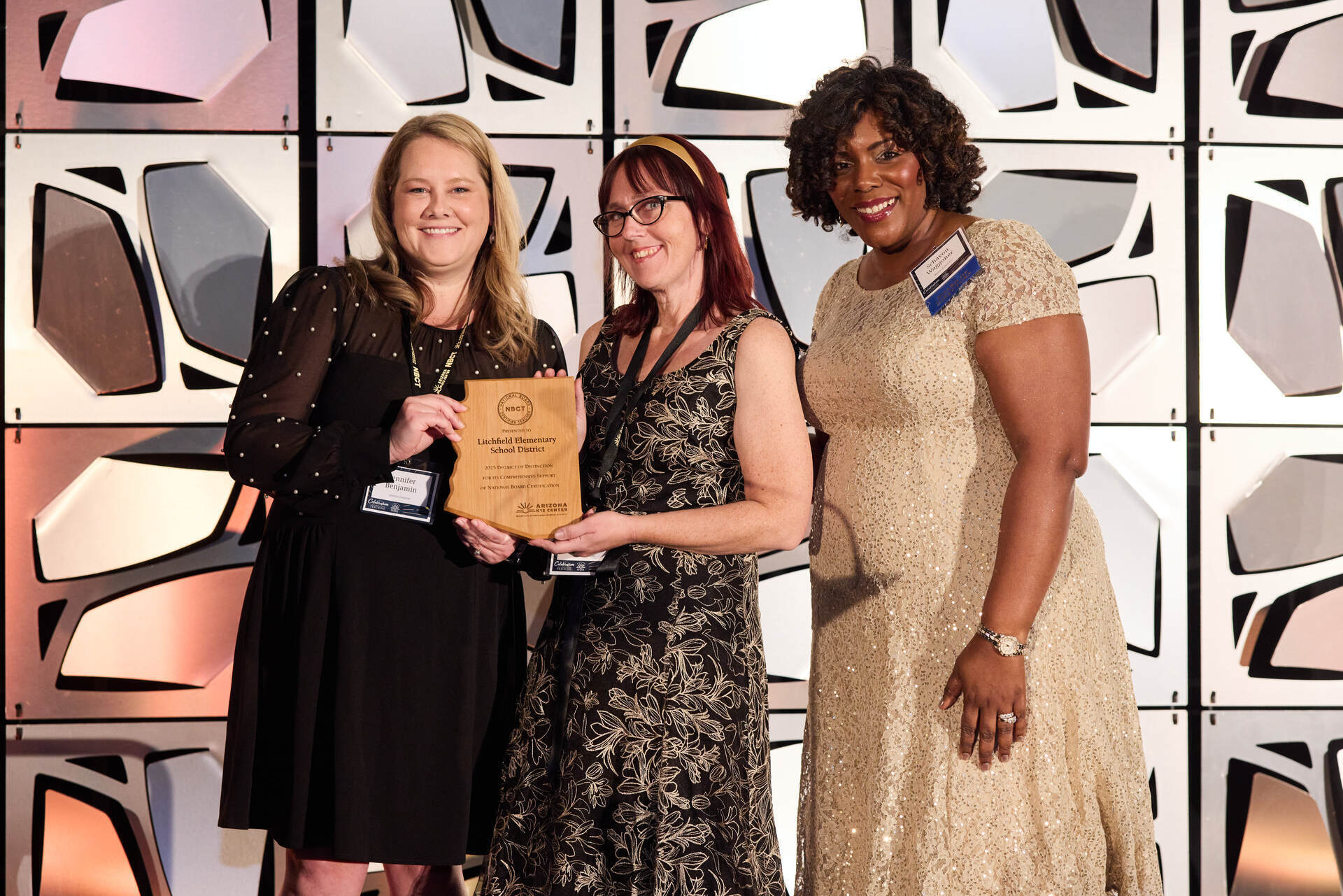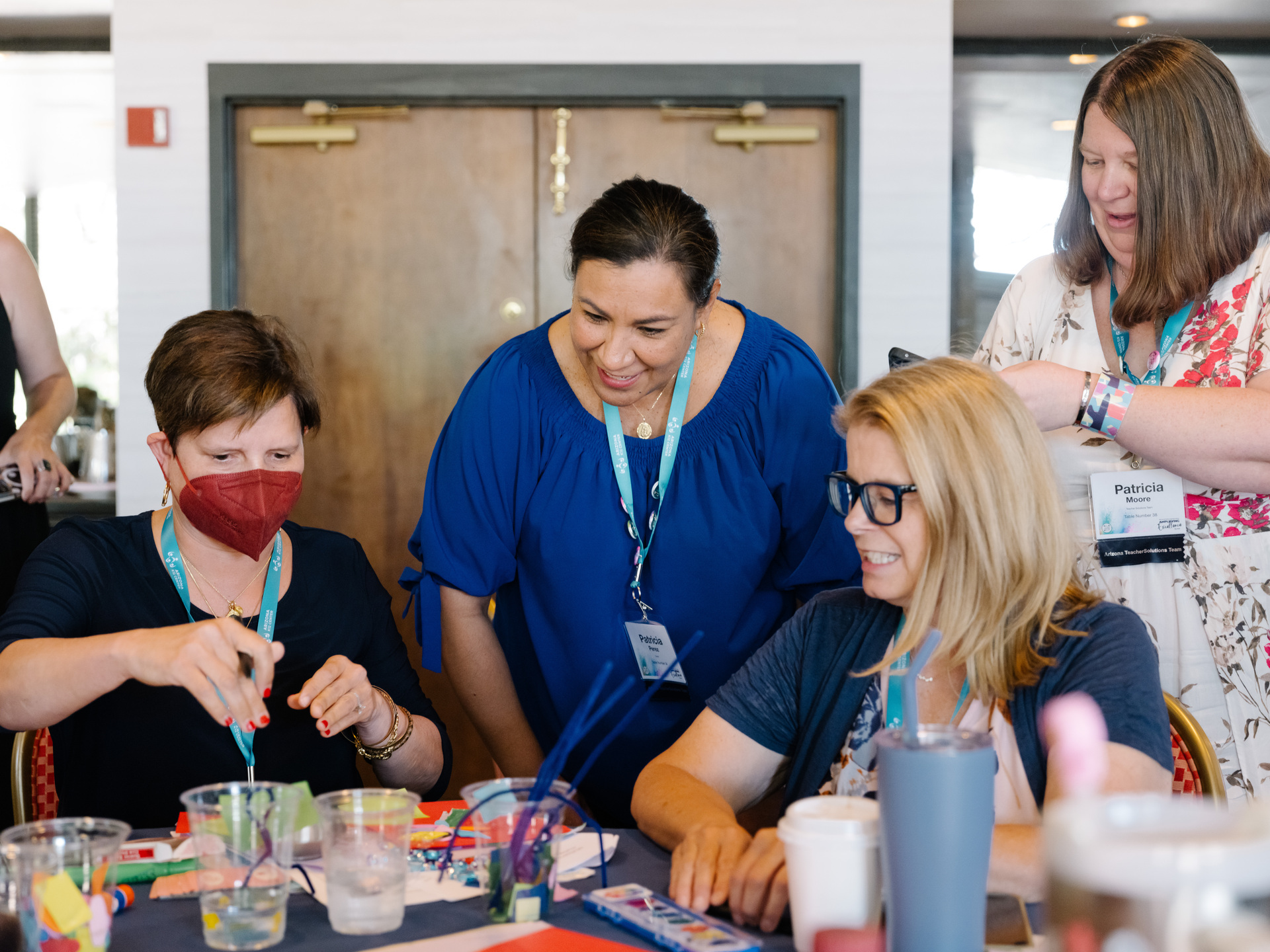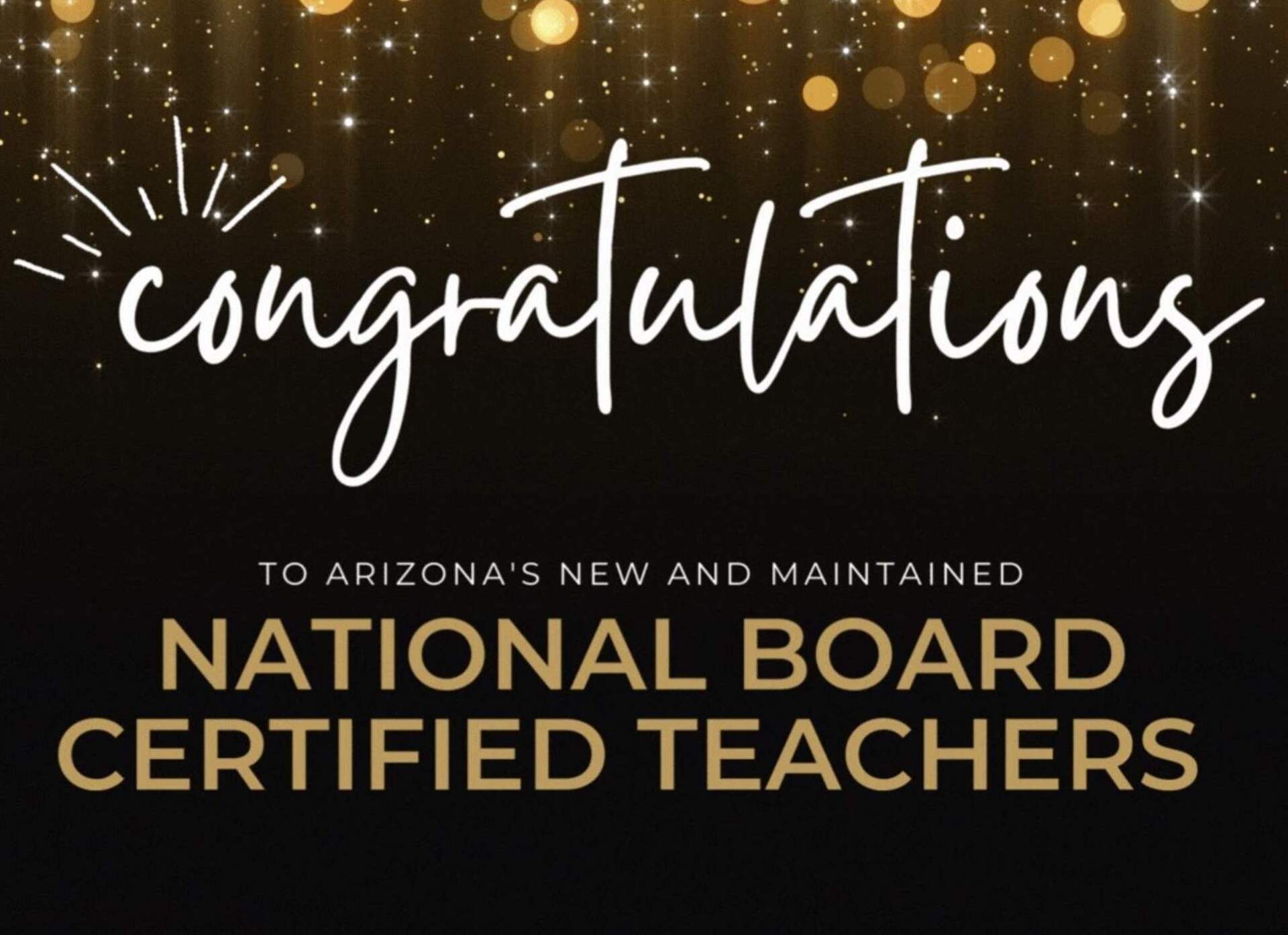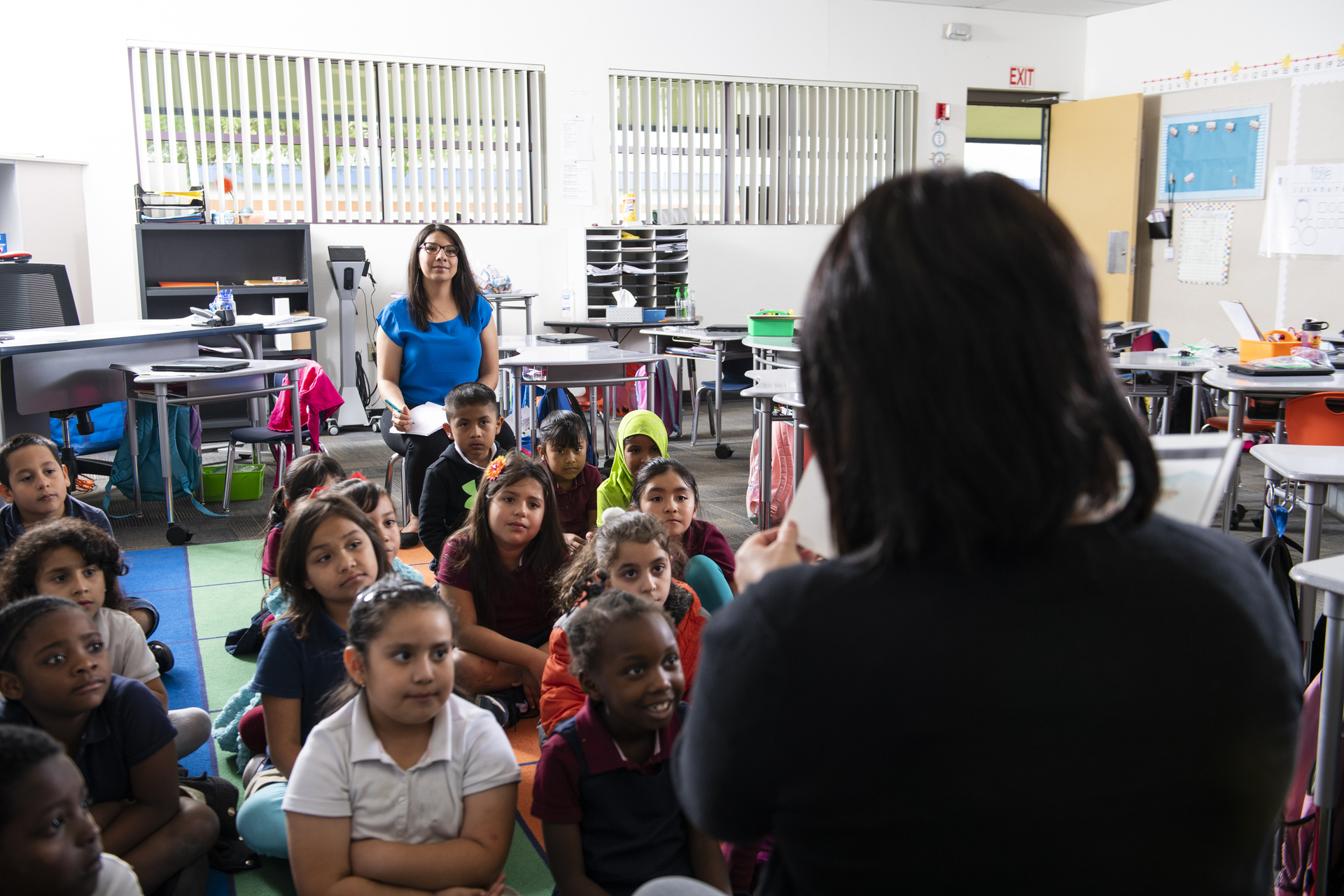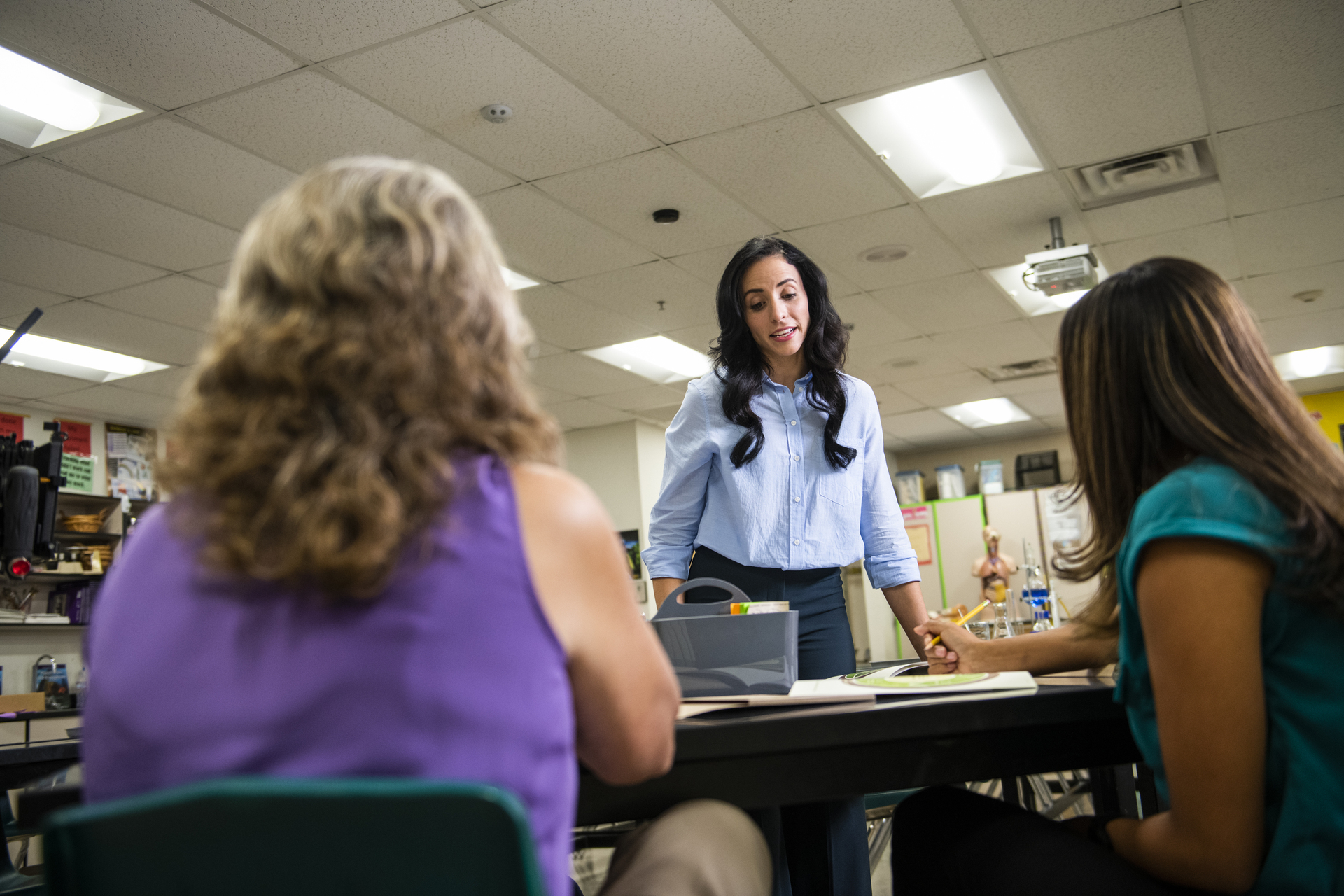September 25, 2017
Visible Learning for Mathematics: What Works Best to Optimize Student Learning
Do you find math a struggle? Could your students benefit from more effective strategies to learn math?
Are you a teacher who finds math a struggle? Could your students benefit from more effective strategies to learn math? Visible Learning for Mathematics: What Works Best to Optimize Student Learning by John Hattie, Douglas Fisher, and Nancy Frey could revolutionize your mathematic instruction and deeply impact your students.
Visible Learning for Mathematics picks up with the research that John Hattie started with his groundbreaking book, Visible Learning. In Visible Learning, the researchers identified many factors and identified their effect on student achievement. With the help of Douglas Fisher and Nancy Frey, John Hattie applies that research to mathematics instruction.
The authors open the book by asking us to forget the way we learned math. Effective math instruction does not occur by simply completing mundane worksheets or following a list of steps dictated by the teacher. They describe how to use research-proven strategies to increase rigor in our instruction and transfer student learning from a surface level to a deeper understanding that can be applied across connvarchar(max)s.
The authors show how to build effective math lessons by beginning with the learning intentions. A clear intention will help your instruction focus on what you want your students to accomplish. They explain that you need to include success criteria which are steps that students must master to meet the learning intention.
Hattie and company explain the two different types of math problems: application problems, which are traditional word problems, and non-routine problems. Non-routine word problems require more than a simple application of a mathematical procedure. Through the use of feedback and student discourse, students will process deep mathematical thinking to understand how to solve these non-routine problems.
In addition to all of the research-based practices in this book, another benefit is that it is not specific to a single grade level. The strategies explained in this book could be used for students ranging from kindergarten to senior year.
The authors believe that everyone can and should learn math. By implementing the ideas learned in this book, so can your students.

